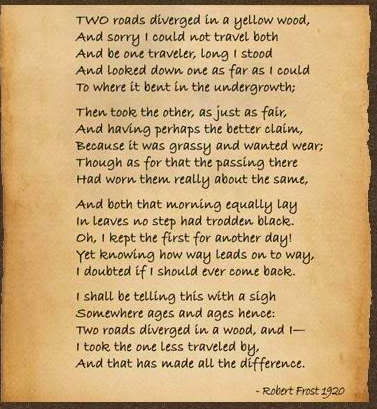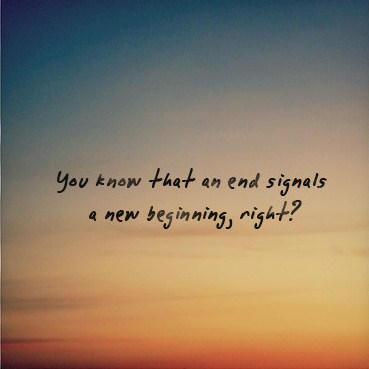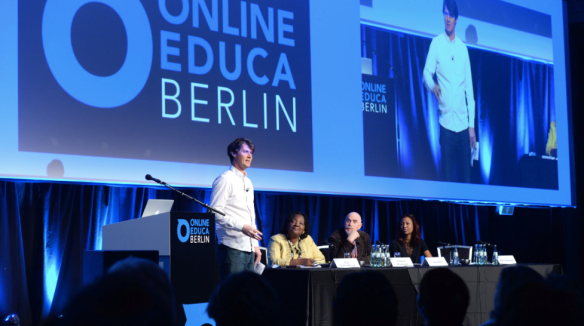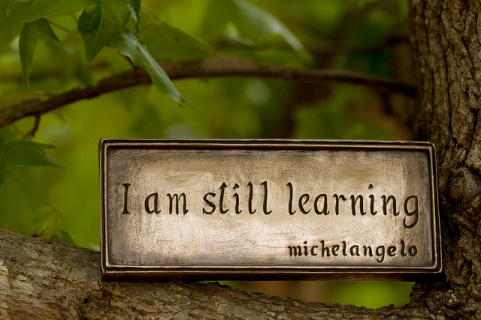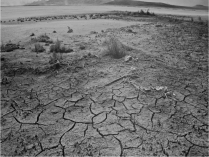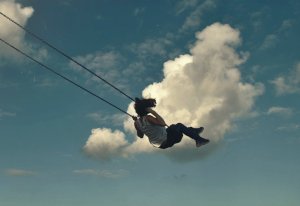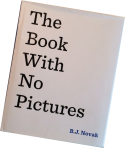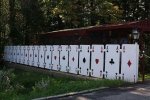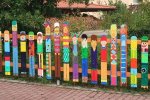Ahh. So here we are. We have come to the end. Only it isn’t an end at all really. More like a gate flung wide open to endless new possibilities. This course has exceeded all my expectations.
I am in awe of the profound elegance of Robert Frost’s The Road Not Taken – and I take the liberty of seeing this poem in the road I have taken in 23 Things.
I love the imagery of taking a path less trod, and having to make a conscious choice to do so. And that once we have taken that path, we are unlikely to go back that way again. I am already saying, with a sigh, that I have taken this less travelled road of personal learning, and that that has made all the difference. I can’t go back now.
The highlight for the course for me has not been a specific ‘Thing’ – they have all been useful whether it’s new learning or something I already new (although the ones that took me out of my comfort zone into a public place were probably the most rewarding!!!)
But the highlights instead are two-fold. Firstly the structure and presentation of the course. Well written, well paced, clearly structured and excellent explanations each week of each ‘Thing’. That leads to the second highlight: knowing that all this brilliant professional development is going to remain available. Knowing that if I forget something, or want to try something new, I can go back and access succinct, spot on information, strategies and help. Who could ask for anything more? I don’t even want the steak knives. Hand on my heart, the learning was sufficient recompense.

